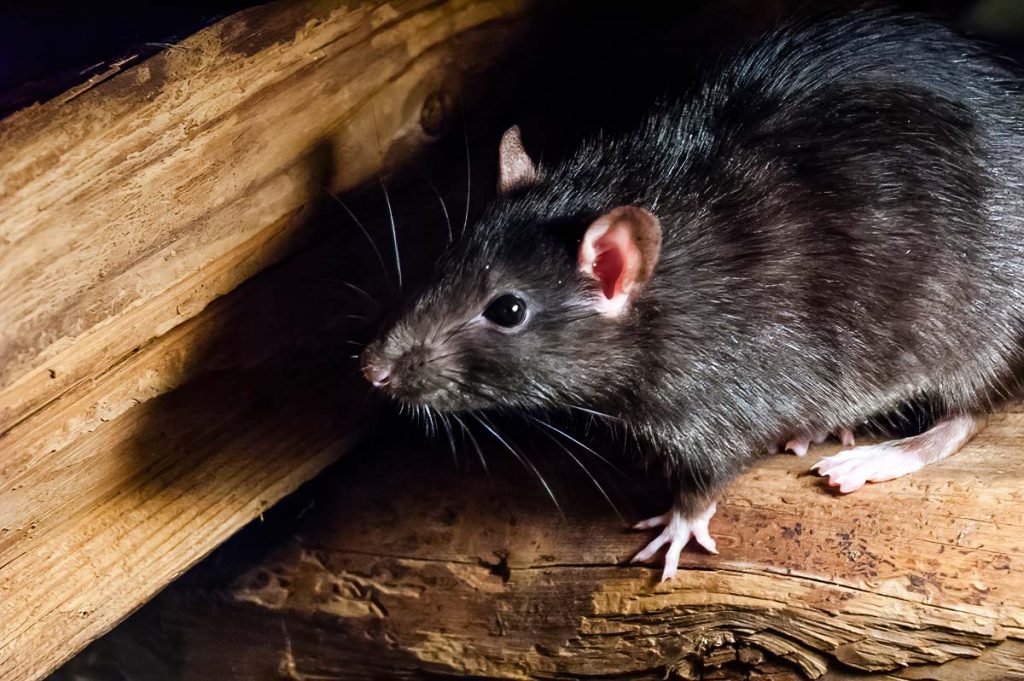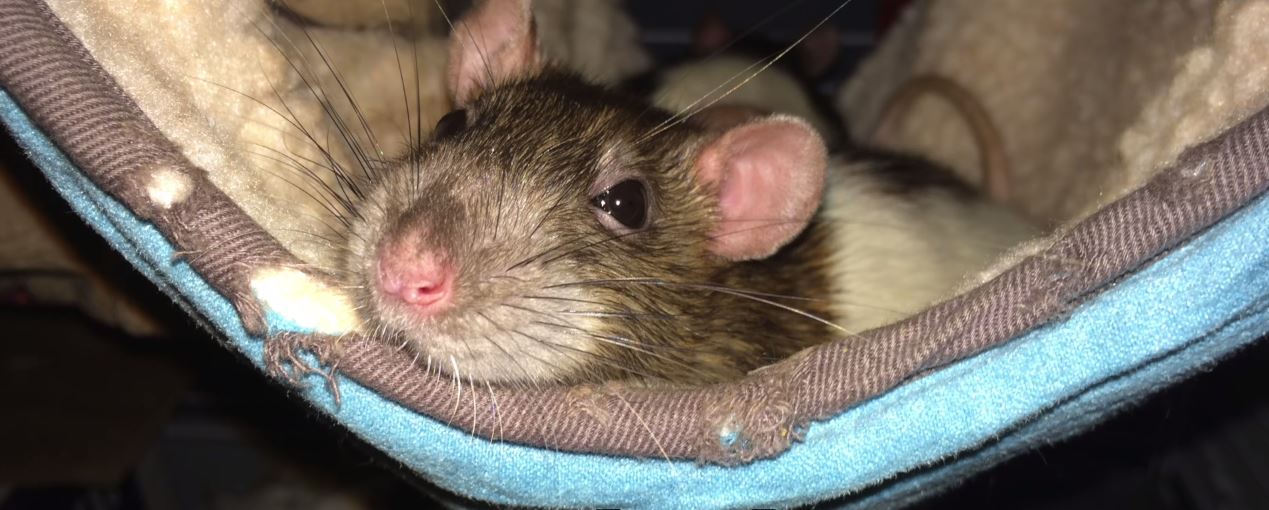Behavior of the rat after removal of the neocortex - PubMed - Questions
3 Easy Facts About Rodent Control (Rodent Baiting) - City of Chicago Described
If you have an active rat invasion, follow these guidelines to control and eliminate your rat population. Rat control is never an easy task, but fortunately, there are different choices to get rid of rats. For many years we have informed our clients that there are 2 treatment alternatives when you are dealing with rats: toxin them or trap them.

The initial step in rat control is an extensive evaluation. This inspection will help identify where to position the rat traps and rat bait. The most typical rats in the USA are Norway Rats and Roof Rats. A quick appearance at the habits of both will assist you comprehend how to examine and control the rat population.


Roofing system rats have larger ears and a longer tail than the Norway rat. Likewise, the roof rat has a pointed nose, and they are exceptional climbers. Roofing system Rats inhabit attics, upper stories, and outside vegetation. Norway rats occupy lower portions of the structure and the ground. Roofing Rats are predominant in coastal areas.
Examine This Report on Professional Pest Control: How to Get Rid of Rats

1. The Primary Step for Rat Control is Sanitation, Examination and Exemption The first action is a total inspection with correct sanitation and exclusion treatments. The next step is choosing in between utilizing rodent baits, rat traps, or a mix of both techniques. Assessment is an essential primary step in getting rid of rats.
Exclusion is a crucial rodent control strategy. It will eliminate the rats by making it hard for them to get in the home or structure. Rats are easier to leave out than mice due to the fact that rats are typically larger. Mice can go into an opening as small as 3/8" large. All openings greater than 1/4" must be sealed to exclude mice.
Please also check out the area on Sanitation, as it is a crucial factor to consider in rodent control. Rats (specifically Roof rats) are cautious of new items, brand-new foods, or environmental modifications. Research It Here are always checking out environments and observe modifications, and are suspicious by nature. Their suspicious nature is why traps and bait stations might be prevented for a day or 2.
UNDER MAINTENANCE